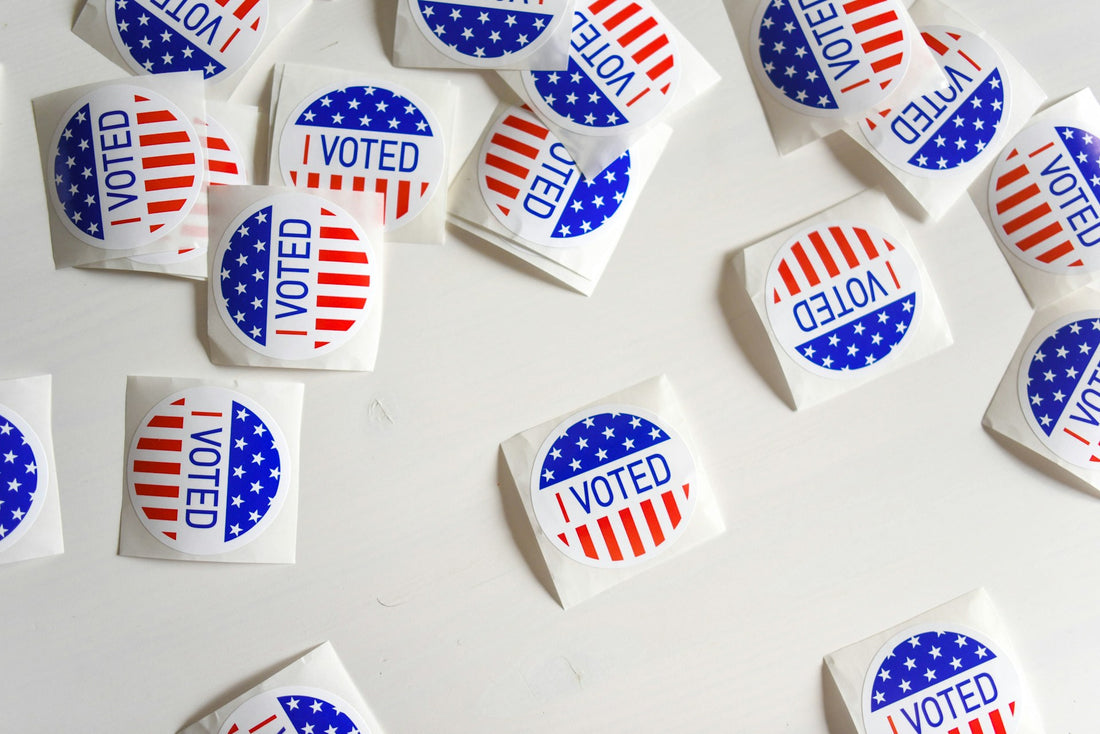Voting is a cornerstone of democracy, and ensuring that everyone can exercise their right to vote is essential. For many voters with disabilities, however, casting a ballot can be a challenging experience if polling places are not equipped to meet their needs. This blog post outlines what polling places need to know to create accessible voting environments that comply with legal requirements and foster inclusivity.
Understanding Accessibility Requirements
Legal Frameworks
The Americans with Disabilities Act (ADA) and the Help America Vote Act (HAVA) are two key pieces of legislation that mandate accessible voting environments. The ADA requires that public facilities, including polling places, be accessible to individuals with disabilities. HAVA goes further by mandating that every polling place in federal elections have at least one accessible voting system for individuals with disabilities, including those who are blind or visually impaired.
Who is Affected
Voting accessibility is crucial for a significant portion of the population. Voters with mobility impairments may require ramps, handrails, or accessible parking to enter a polling place. Those with visual impairments might need large-print ballots or Braille signage, while voters with hearing impairments may benefit from clear visual instructions or sign language interpreters. Understanding the diverse needs of these voters is the first step toward creating an inclusive voting environment.
Common Barriers
Polling places can present numerous barriers that hinder accessibility. These might include steps at entrances without accompanying ramps, narrow doorways, or inaccessible voting booths. Additionally, a lack of accessible parking or inadequate signage can make it difficult for voters with disabilities to navigate a polling location. Identifying and addressing these barriers is essential for compliance with ADA and HAVA.
Key Components of an Accessible Polling Place
Physical Accessibility
Physical accessibility begins with the layout of the polling place. Entrances and exits must be accessible, with ramps and handrails where needed. Pathways should be wide and clear of obstacles, and parking lots should include designated accessible parking spaces close to the entrance.
Inside the polling place, there should be clear, unobstructed paths to voting booths, with adequate space for wheelchair users to maneuver. Voting booths themselves should be adjustable in height to accommodate voters who use wheelchairs or those who cannot stand for long periods.
Voting Booth Accessibility
Accessible voting booths are a critical component of an inclusive polling place. These booths should feature adjustable heights and be spacious enough to accommodate wheelchairs. Voting machines should offer features such as touchscreen interfaces with large text, audio ballots for voters with visual impairments, and easy-to-use controls for those with dexterity challenges.
Signage and Information
Signage plays a vital role in guiding voters through the polling place. Signs should be clear, large, and easy to read, with high-contrast colors to aid those with visual impairments. Braille and tactile signage should be available where appropriate. Additionally, information should be provided in multiple formats, such as large print and audio, to ensure that all voters can understand the voting process.
Staff Training and Support
Even the most accessible polling place can fall short if staff are not trained to assist voters with disabilities. Polling place staff should receive training on the specific needs of voters with disabilities and the use of accessible voting equipment. They should also be prepared to offer assistance in a respectful manner, ensuring that voters maintain their privacy and dignity throughout the process.
Implementing Assistive Technologies
Assistive technologies can greatly enhance the voting experience for individuals with disabilities. Electronic voting systems that feature audio instructions, touchscreens, and sip-and-puff devices are examples of technologies that can make voting more accessible. Polling places should ensure that these technologies are user-friendly, well-maintained, and readily available to those who need them.
Creating a Welcoming Environment
Accessibility is about more than just physical accommodations—it's also about creating a welcoming environment. Polling place staff should approach voters with disabilities with a positive and supportive attitude, offering assistance without being intrusive. Privacy and dignity should be prioritized, with measures in place to ensure that voters can cast their ballots independently if they choose.
Continuous Improvement and Feedback
Accessibility is an ongoing process. Polling places should actively seek feedback from voters with disabilities to identify areas for improvement. This feedback can inform changes for future elections, ensuring that accessibility measures evolve alongside changing needs and technologies. Staying updated on new accessibility laws, guidelines, and innovations is also crucial for maintaining compliance and providing the best possible voting experience.
Ensuring voting accessibility is not just about compliance with the law—it's about upholding the principles of democracy by making sure every eligible voter can participate in the electoral process. By understanding accessibility requirements, implementing key components of accessible polling places, training staff, and continuously improving based on feedback, polling places can make a significant difference in the voting experience for individuals with disabilities.
Ready to make your polling place accessible to all voters? Contact us today to design a tailored accessibility solution that meets legal standards and creates an inclusive environment for every voter. Let’s work together to ensure your polling place is welcoming and accessible to everyone. Get in touch with EZ-ACCESS® now to get started!

